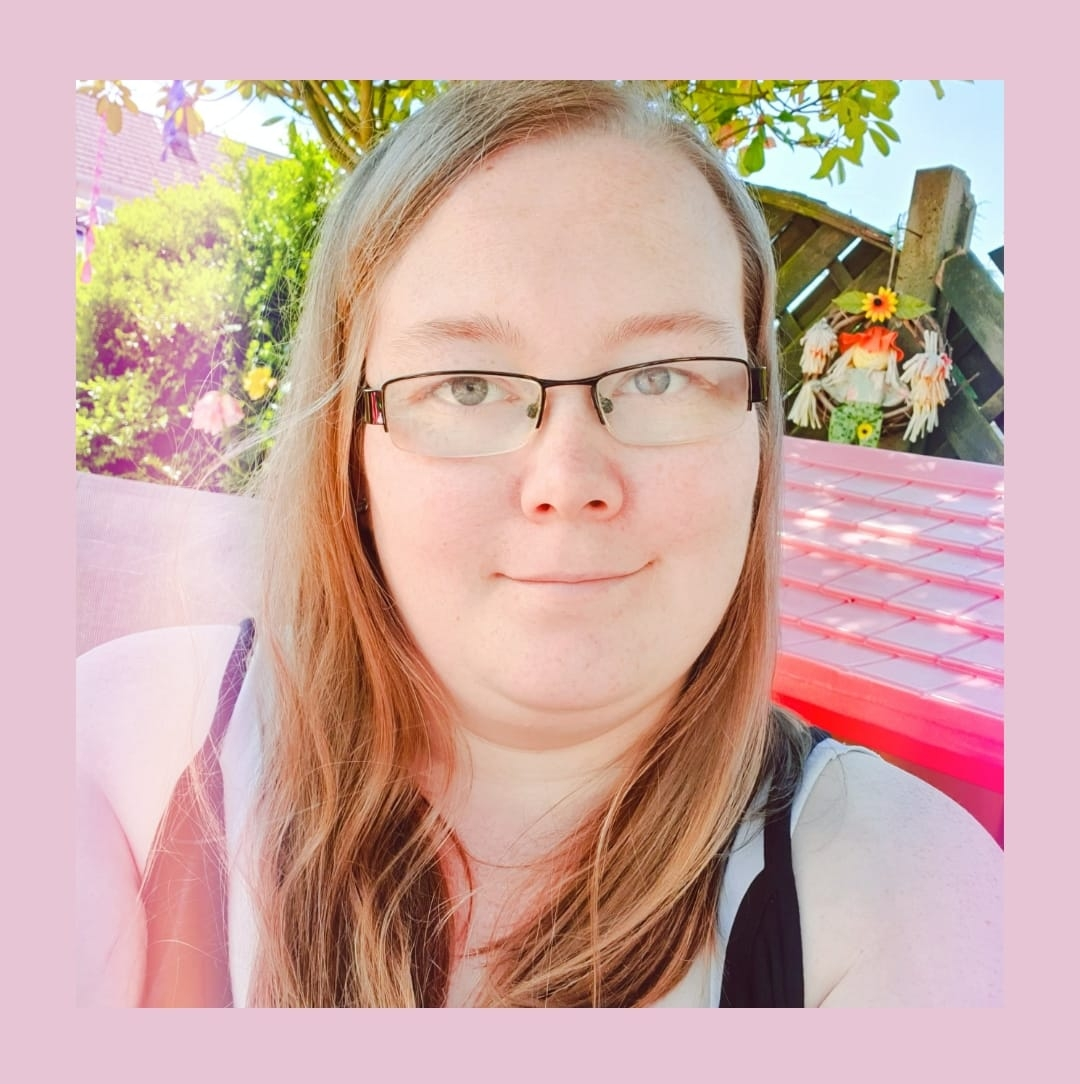Ultimate Guide to Blockchain Oracle
Blockchain has deeper it roots and spreads its branches into every sector you could ever imagine. A lot of industries are already incorporating blockchain to transform their business.
If you have been following the development of blockchain and the incredible infrastructure that support smart contract, I believe you would heard about the word blockchain-oracle even though it might not be clear to you what it does.
Blockchain deals with data a lot, whereas any data coming from an external source cannot communicate directly with the blockchain system it has to be entered manually.
This is a big problem if you are dealing with huge data because it takes a lot of time to compute and also prone to mistakes and renders confidential information useless. These are among the problems that led to the birth of blockchain oracle.
In this article, I will be demystifying blockchain oracle and how you can navigate it into your workspace.
What is an Oracle?
An “oracle” can be referred to as a network that provides a decentralized Web3 ecosystem with a pathway to access advanced computations, existing data sources and legal systems.
The data generated can be used by the blockchain’s smart contract to perform several activities such as the distribution of funds and making decisions in real-life events.
Oracle network gives room for the development of Hybrid smart contracts which are responsible for the combination of on-chain code and off-chain infrastructure used for the support of dApps that react to real-world events and interoperate with traditional systems.
For instance, Mr. Alex hires Mr. Peter to boost his products through email marketing on Upwork for a fixed price of $5,000 which is held by a smart contract using Upwork as an escrow.
When Mr. Peter delivered the job, Upwork used a network similar to Oracle’s mechanism to fetch the work submitted and deliver it to Mr. Alex. The acceptance of Mr. Alex will prompt Upwork escrow to release the money to Mr. Peter without any of the parties feeling cheated.
Problem Associated with Oracle.
The fundamental constraint underlying the Oracle problem is that blockchains do not have the built-in ability to receive data or send data to any external system. Because of this, blockchains are isolated networks similar to a PC without the Internet.
You can have access to the full article here: https://lnkd.in/dEwWDB4D


